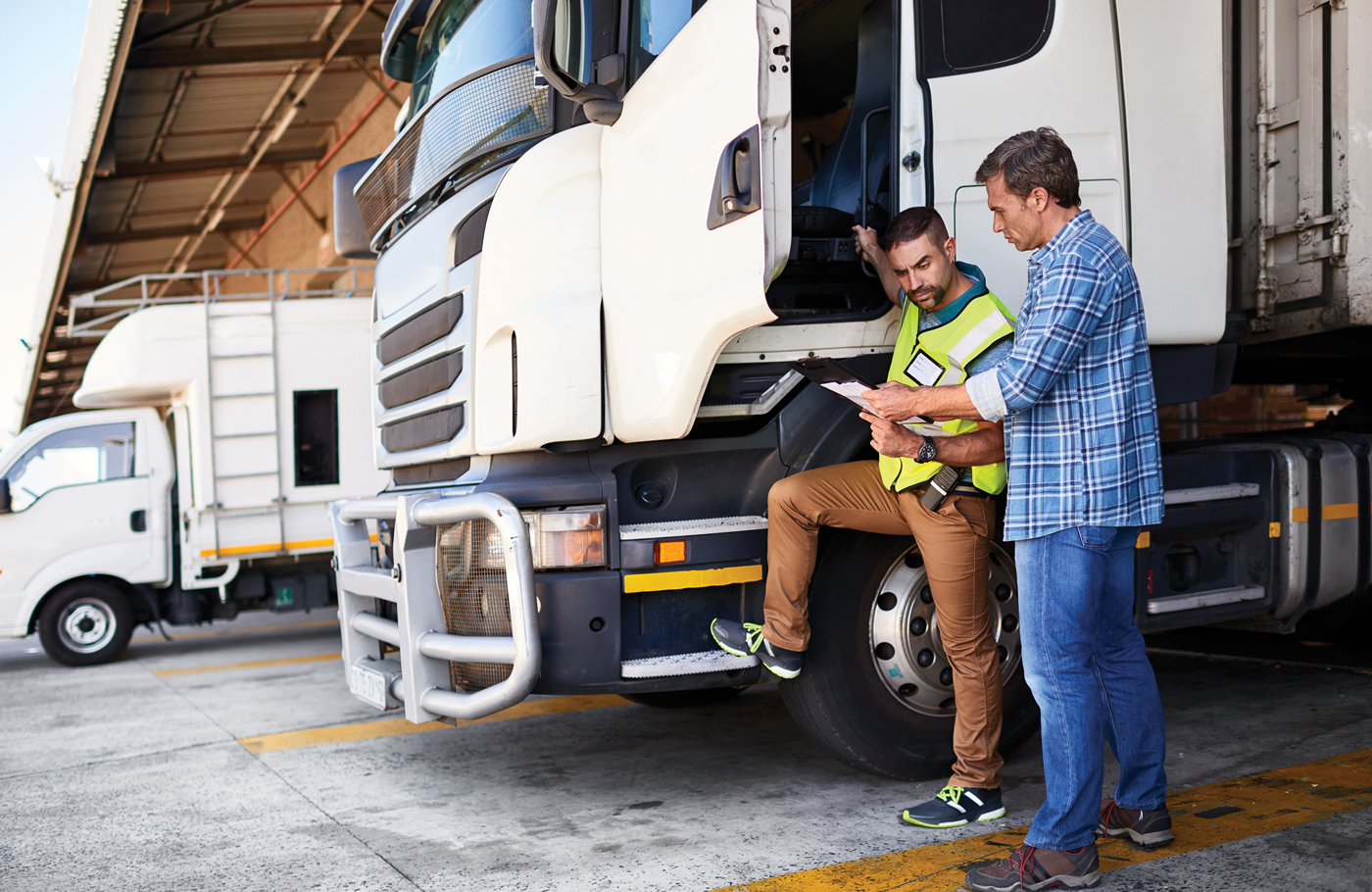Telematics: driving e-commerce in South Africa during Covid-19
Telematics: driving e-commerce in South Africa during Covid-19
If ever there was a time for the e-commerce sector to adopt telematics technology, it would be now: Covid-19 has disrupted the retail landscape, with more South Africans now choosing e-commerce as their preferred shopping channel over traditional brick-and-mortar stores. That’s according to JUSTIN MANSON, sales director of Webfleet Solutions.
The world is shopping online – and, as of 2020, online marketplaces account for the largest share of online purchases worldwide. Leading the global ranking of online retail websites in terms of traffic is Amazon, says Statista, a leading provider of market and consumer data. The Seattle-based e-commerce giant, which offers e-retail, computing services, consumer electronics and digital content, registered over 5,2 billion unique visitors in June 2020.
In a report on e-commerce worldwide, the company says that, as internet access and adoption are rapidly increasing worldwide, the number of digital buyers keeps climbing every year. In 2020, over two billion people purchased goods or services online, and during the same year, e-retail sales surpassed US$4,2 trillion worldwide.
South Africans go online too
The same trend applies to South Africa. A Mastercard study has found that as many as 68% of South African consumers said they are shopping more online since the onset of the pandemic.
More online shopping means that there are more deliveries to be made, and the logistics industry has had to scale operations to meet the growing demand. The various levels of lockdown, Covid-19 regulations and people working from home have created a greater reliance on home deliveries, with the industry now finding itself at an all-time peak, with more vehicles on the road than ever before.
Increased demand creates new challenges
Whether it’s an established company with a massive fleet or a start-up business with only two vehicles, courier companies now need to manage their deliveries as efficiently, safely and cost-effectively as possible. That’s because increased demand for e-commerce has created an even greater expectation by customers to consistently receive their items when, how and where they want – placing pressure on courier companies and drivers to meet this demand.
At the same time, businesses also need to ensure that drivers follow Covid-19 regulations while out on deliveries, especially considering they’re coming into contact with more customers than ever.
Unfortunately, adding to this pressure is the increased need for driver and cargo safety. While the immense growth in online shopping has boosted the e-commerce sector, it also has the result that more criminals are shifting their focus to courier vehicles, targeting goods in transit. There’s been a massive spike in hijackings over the last year; the current trend sees criminals targeting courier deliveries to steal the cargo instead of the vehicle itself.
Incidents of armed courier vehicle robberies have been on the rise. In February, for example, armed robbers fired shots at a courier van delivering cellphones in Pretoria.

Telematics solutions drive safety and efficiency
Telematics technology significantly improves operational efficiencies, increases customer satisfaction, and promotes safety for drivers and packages. Solutions such as Webfleet are now an essential business tool for courier companies, equipping fleet managers with the resources to respond effectively to the demand for home delivery and growing customer expectations.
These solutions enable fleet managers and the end customer to gain visibility of a vehicle’s location in real time. Fleet managers can also establish the optimal route for drivers, add new jobs to the schedule or implement corrective action to re-route a driver to avoid congestion or accidents. Better driving practices reduce vehicle maintenance requirements, and the system can alert vehicle owners about scheduled services, so that plans can be made around vehicle downtime. These contribute to lower operating costs and maximised profits.
Using this technology, brands can provide full transparency to customers, who aren’t left wondering when their package will arrive.
Telematics data can also produce detailed fuel efficiency reports by monitoring drivers’ habits, including idling, revving, speeding and excessive braking. This data then helps fleet managers identify improvement areas when training drivers.
Easy-to-use Software as a Service (SaaS) telematics technology fits any commercial vehicle for advanced vehicle tracking. That means fleet managers gain total visibility of everything that happens on the road, including vehicle usage. They can also support drivers in the field with the right tools to keep them safe and make their jobs easier.
The technology can also facilitate contactless deliveries by enabling companies to go paperless and use electronic invoicing instead. That way, drivers can maintain a safe distance when out in the field, and fleet managers can ensure customers receive their cargo on schedule.
Telematics software can transform the e-commerce supply chain and customer experience, enabling the sector to reassure customers that they’re receiving a reliable, safe and cost-effective service.
Published by
Justin Manson
focusmagsa




